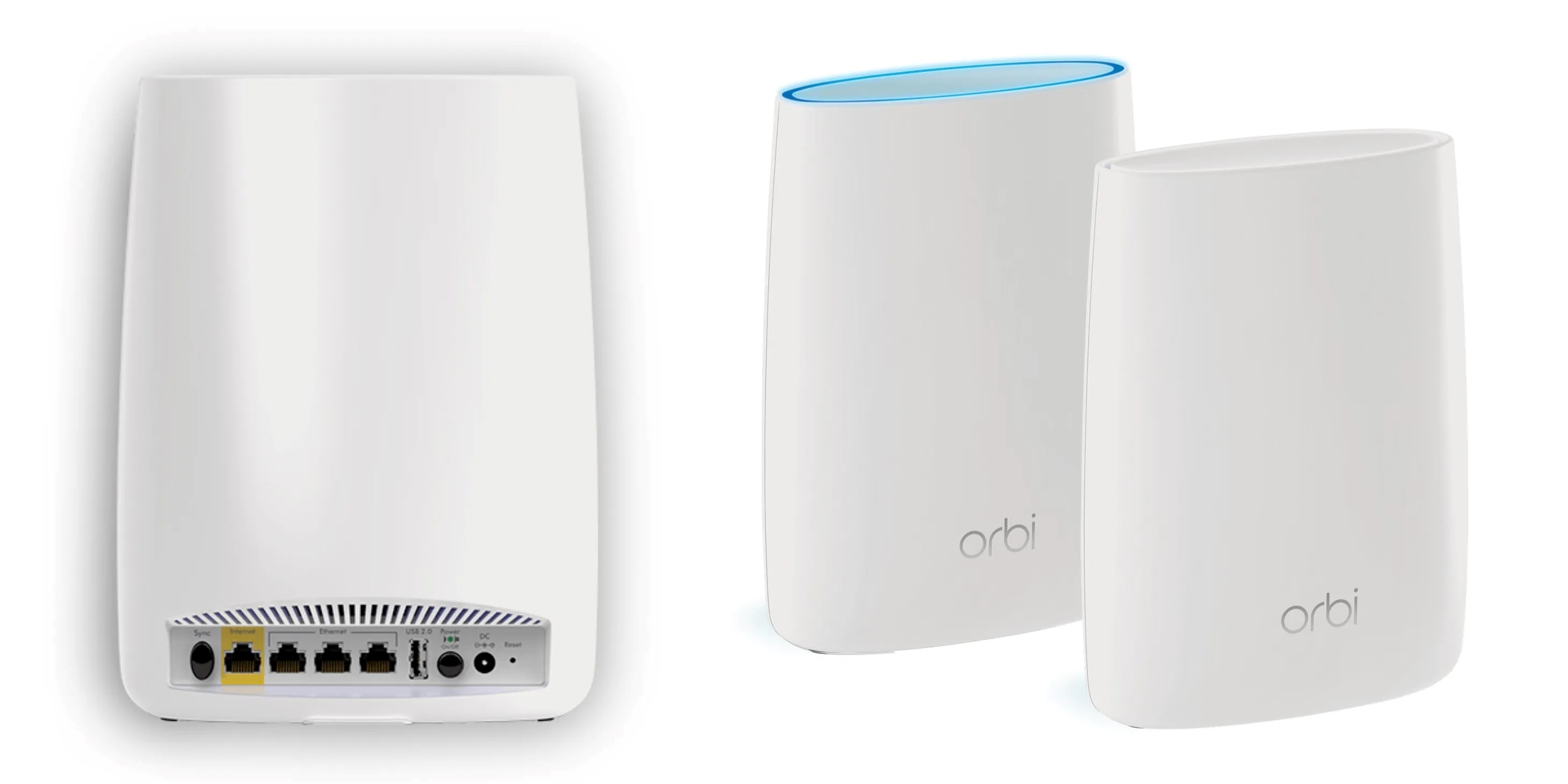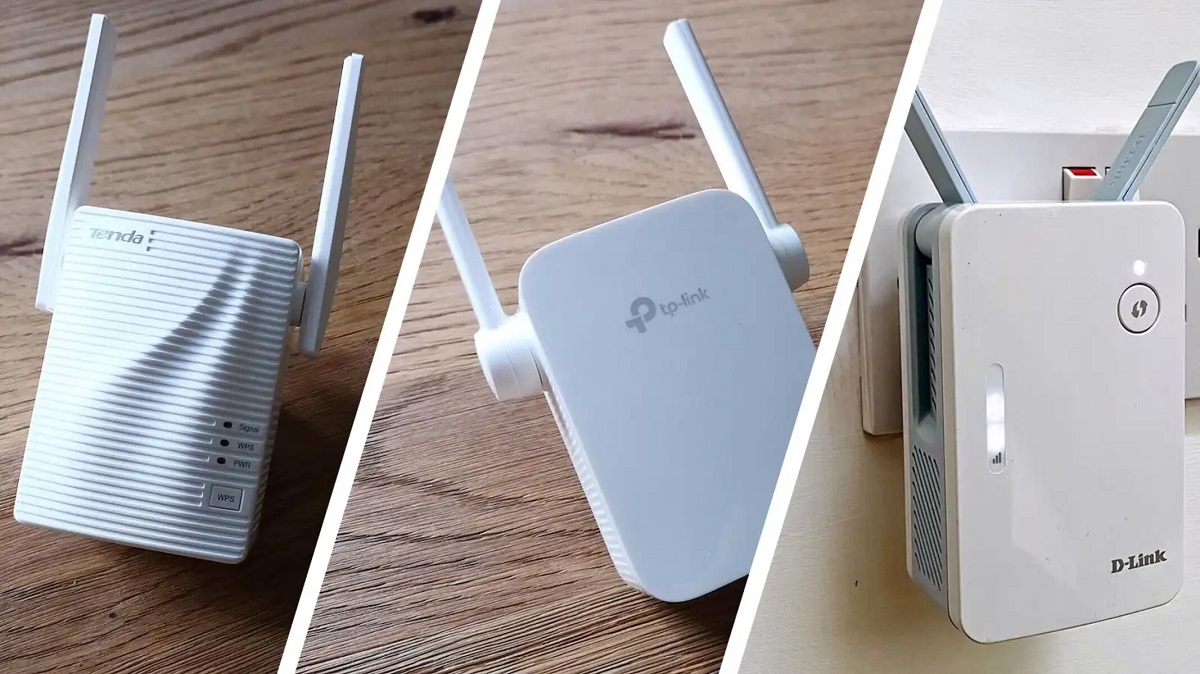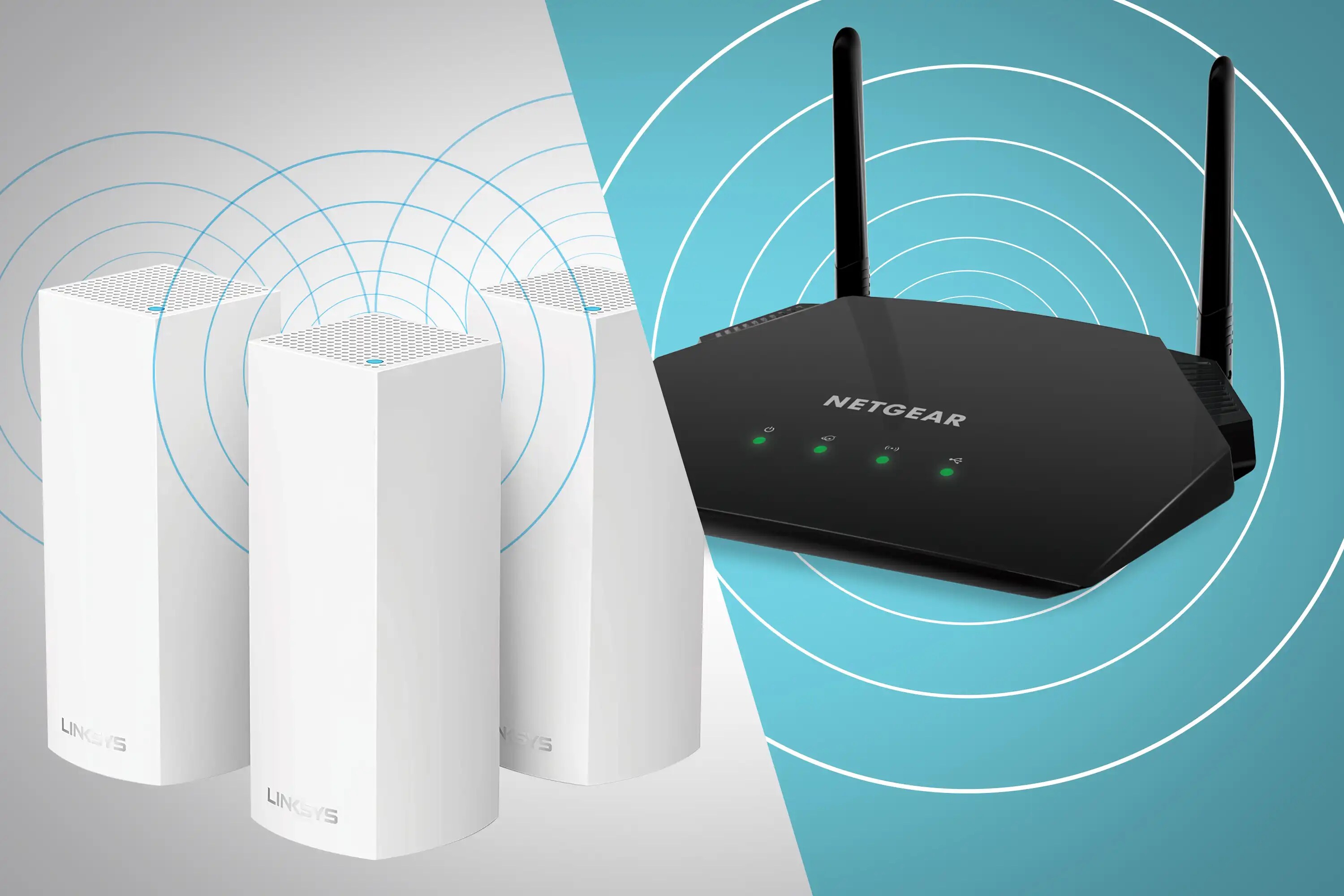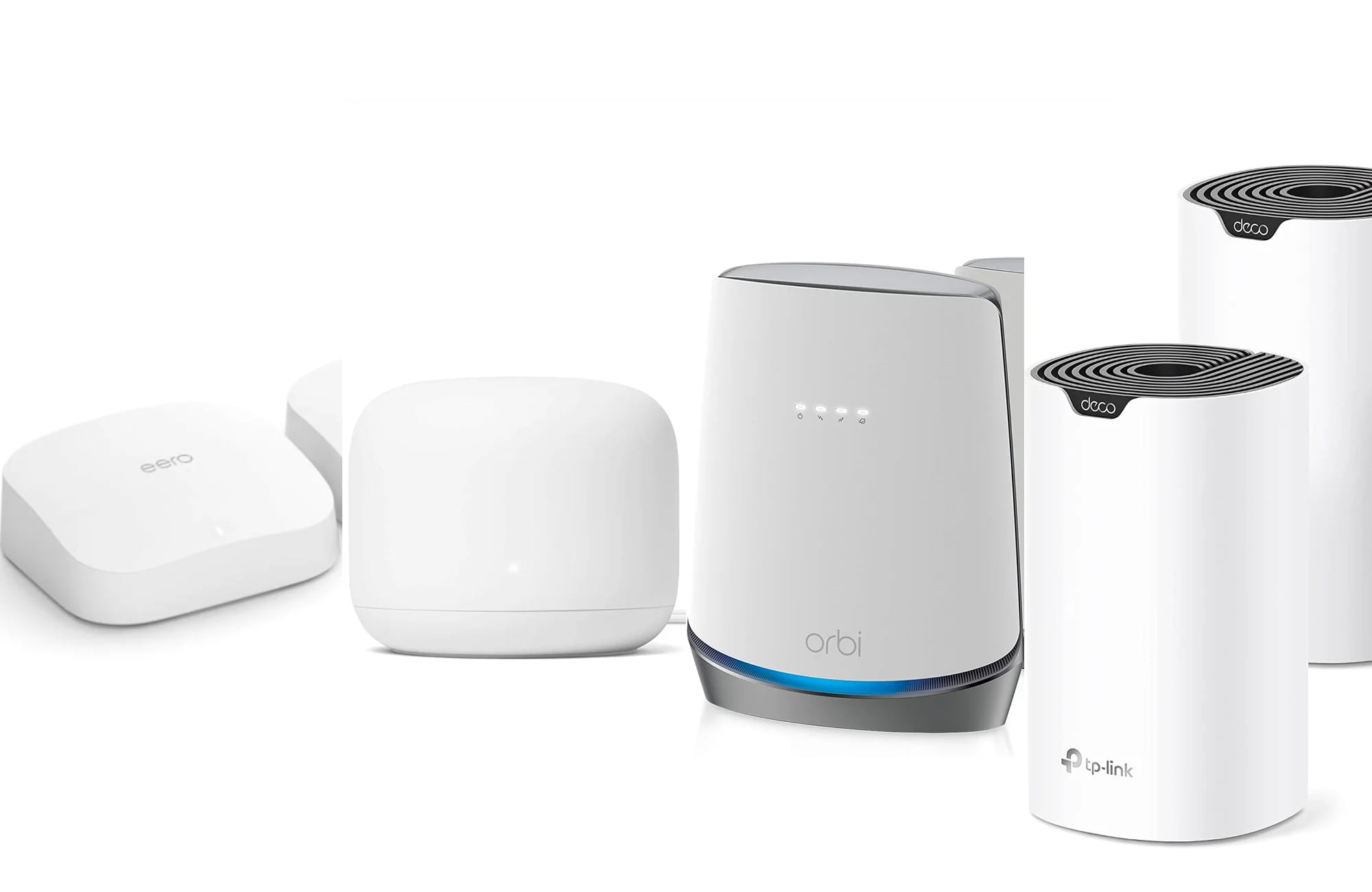Introduction
Welcome to the world of Ethernet backhaul, a crucial component of modern networking technologies. In today’s increasingly connected world, where speed and reliability are paramount, Ethernet backhaul plays a vital role in ensuring seamless communication and data transmission. In this article, we will dive into the concept of Ethernet backhaul, explore its benefits, compare it to other backhaul technologies, and highlight important considerations for implementing it.
Ethernet backhaul serves as the backbone of many networks, especially in the telecommunications and internet service provider (ISP) industries. It enables the transfer of data from a local access network (LAN) to a wide-area network (WAN), connecting multiple access points to a centralized location.
With Ethernet backhaul, organizations can support high-speed internet connectivity, handle large volumes of data traffic, and deliver seamless services to end-users. It has become an indispensable technology in the evolution of wireless networks, supporting the ever-increasing demand for bandwidth in the age of IoT, streaming media, and cloud computing.
Before diving deeper into Ethernet backhaul, let’s briefly understand how it differs from traditional backhaul technologies such as microwave and fiber backhaul. While microwave backhaul uses radio waves and fiber backhaul relies on physical fiber-optic cables, Ethernet backhaul utilizes Ethernet protocols and switches.
Now that we have a basic understanding of Ethernet backhaul, let’s take a closer look at its benefits and explore how it works in practice.
What is Ethernet Backhaul?
Ethernet backhaul refers to the method of connecting multiple access points, such as Wi-Fi access points or cell towers, to a centralized network using Ethernet technology. It is a crucial component in ensuring fast and reliable data transmission in modern networking systems.
At its core, Ethernet backhaul utilizes Ethernet protocols and switches to facilitate the transfer of data from local access networks (LANs) to wide-area networks (WANs). It provides a high-capacity backbone for transmitting data between different network nodes, enabling seamless communication and efficient data transfer.
One of the key advantages of Ethernet backhaul is its scalability. It can accommodate a large number of devices and handle increasing data traffic without sacrificing performance. As a result, it supports the growing demand for bandwidth-intensive applications, such as video streaming, cloud computing, and IoT devices.
Ethernet backhaul also offers flexibility in network design. It allows for the integration of various access technologies, including Wi-Fi, cellular, and fixed-line connections, into a unified network infrastructure. This scalability and flexibility make Ethernet backhaul an ideal choice for service providers and network operators looking to deliver high-speed connectivity across large areas.
Furthermore, Ethernet backhaul provides enhanced network management capabilities. It allows for centralized control and monitoring of the entire network, making it easier to troubleshoot issues, optimize network performance, and ensure security. This centralized management reduces the complexity of network operations and enables efficient resource allocation.
Overall, Ethernet backhaul plays a critical role in modern networking systems by providing a reliable and scalable solution for connecting access points to central networks. Its capabilities to handle large volumes of data traffic, support multiple access technologies, and provide centralized management make it an essential component in delivering high-performance wireless connectivity.
Benefits of Ethernet Backhaul
Ethernet backhaul offers numerous benefits that make it a highly preferred solution for connecting access points to a centralized network. Let’s explore some of the key advantages:
1. High Speed and Capacity: Ethernet backhaul provides high-speed connectivity, allowing for fast data transmission between access points and the centralized network. It can handle large volumes of data traffic, supporting bandwidth-intensive applications and ensuring a smooth user experience.
2. Scalability: Ethernet backhaul is highly scalable, making it suitable for networks with growing demands. As the number of connected devices and data traffic increases, Ethernet backhaul can easily accommodate the growth without impacting performance. This scalability is particularly important in industries such as telecommunications and IoT, where the number of connected devices is rapidly increasing.
3. Flexibility: Ethernet backhaul supports various access technologies, including Wi-Fi, cellular, and fixed-line connections. This flexibility enables network operators to integrate different types of access points into a unified network infrastructure, providing seamless connectivity across various devices and locations.
4. Centralized Management: Ethernet backhaul allows for centralized control and management of the entire network. This centralized approach enhances network visibility, simplifies troubleshooting, and enables efficient resource allocation. Network operators can easily monitor the performance of access points, identify and resolve issues, and optimize network resources for better efficiency.
5. Cost-Effective: Ethernet backhaul offers cost advantages compared to other backhaul technologies such as fiber or microwave. Ethernet switches and cables are more affordable and readily available, reducing installation and maintenance costs. Additionally, its scalability minimizes the need for frequent infrastructure upgrades, resulting in long-term cost savings.
6. Reliability: Ethernet backhaul provides high reliability and stability in data transmission. With redundant links and failover mechanisms, it ensures continuous connectivity even in the event of network failures or downtime. This reliability is crucial, especially for mission-critical applications that require uninterrupted connectivity.
Overall, Ethernet backhaul offers a range of benefits, including high-speed connectivity, scalability, flexibility, centralized management, cost-effectiveness, and reliability. These advantages make it an ideal choice for service providers and network operators looking to deliver efficient and seamless connectivity across their networks.
How Ethernet Backhaul Works
Ethernet backhaul operates by utilizing Ethernet protocols and switches to connect access points to a centralized network. Here’s a breakdown of how Ethernet backhaul works:
1. Access Point Connection: Each access point, such as a Wi-Fi access point or cell tower, is connected to an Ethernet switch using an Ethernet cable. The access points collect and transmit data from connected devices within their coverage area.
2. Ethernet Switches: Ethernet switches play a crucial role in Ethernet backhaul. They act as the central hub, receiving data from the access points and directing it to the correct destination within the network. Ethernet switches use MAC (Media Access Control) addresses to identify and route data packets.
3. Data Transfer: When a device on an access point sends data, the access point transmits it to the connected Ethernet switch. The Ethernet switch then analyzes the MAC address of the data packet and determines the appropriate destination for the data within the network.
4. Centralized Network: The Ethernet switches forward the data packets through the network to the centralized location or network operations center (NOC). The NOC serves as the central point for managing and monitoring the entire network.
5. Data Processing: At the NOC, the received data packets are processed and directed to their intended destinations. This may include forwarding the data to other networks, routing it to specific servers or services, or sending it back to the access points for further distribution.
6. Management and Control: Ethernet backhaul allows for centralized management and control of the entire network. Network administrators can monitor the performance, health, and status of the access points, Ethernet switches, and the overall network from a single location. They can make configuration changes, troubleshoot issues, and allocate resources effectively to optimize network performance.
By utilizing Ethernet technology and switches, Ethernet backhaul ensures efficient and reliable data transmission between access points and the centralized network. It provides a robust backbone that supports high-speed connectivity, scalability, and centralized management, making it an essential component for modern networking systems.
Ethernet Backhaul vs Microwave Backhaul
Ethernet backhaul and microwave backhaul are two popular technologies used for connecting access points to a central network. While they both serve the same purpose, there are significant differences between them in terms of implementation, performance, and scalability. Here’s a comparison of Ethernet backhaul and microwave backhaul:
1. Technology: Ethernet backhaul utilizes Ethernet protocols and switches, while microwave backhaul uses microwave radio waves for data transmission. Ethernet backhaul relies on physical wired connections, while microwave backhaul is wireless.
2. Speed and Capacity: Ethernet backhaul generally offers higher speed and capacity compared to microwave backhaul. Ethernet backhaul can support gigabit speeds, making it suitable for handling large data traffic, whereas microwave backhaul typically offers lower bandwidth capacity.
3. Distance and Coverage: Microwave backhaul has an advantage in terms of distance and coverage. It can cover long distances without the need for physical cables, making it suitable for connecting remote locations where laying cables may be difficult or costly. Ethernet backhaul is more suitable for shorter distances within a confined area.
4. Scalability: Ethernet backhaul offers better scalability compared to microwave backhaul. With Ethernet backhaul, it is relatively easy to add more access points to the network and expand the coverage area. Microwave backhaul, on the other hand, is limited by the number of available microwave frequency bands.
5. Interference and Reliability: Microwave backhaul is susceptible to various types of interference, such as weather conditions and physical obstructions, which can affect the reliability of the connection. Ethernet backhaul, being a wired technology, offers higher reliability and stability in data transmission, especially in areas prone to interference.
6. Cost: Ethernet backhaul generally has a higher upfront cost due to the need for physical cables and Ethernet switches. However, it offers long-term cost benefits with lower maintenance costs and scalability. Microwave backhaul, while requiring less initial investment, may involve higher operational costs for licensing and maintenance of the microwave equipment.
In summary, Ethernet backhaul and microwave backhaul have different strengths and considerations. Ethernet backhaul excels in speed, capacity, scalability, and reliability, making it suitable for high-demand networks. Microwave backhaul offers more flexibility in terms of coverage and distance, making it ideal for connecting remote locations. The choice between the two technologies depends on factors such as network requirements, budget, and geographic considerations.
Ethernet Backhaul vs Fiber Backhaul
Ethernet backhaul and fiber backhaul are two commonly used technologies for connecting access points to a central network. While they both offer reliable and high-speed connectivity, they differ in terms of implementation, cost, and scalability. Here’s a comparison of Ethernet backhaul and fiber backhaul:
1. Technology: Ethernet backhaul utilizes Ethernet protocols and switches, while fiber backhaul relies on fiber-optic cables for data transmission. Ethernet backhaul uses wired connections, while fiber backhaul is a dedicated physical medium.
2. Speed and Capacity: Fiber backhaul generally offers higher speed and capacity compared to Ethernet backhaul. Fiber-optic cables have a much higher data transfer rate, allowing for multi-gigabit speeds. Ethernet backhaul, while still capable of high speeds, may not match the bandwidth capacity of fiber-optic connections.
3. Distance: Fiber backhaul can cover longer distances without experiencing signal degradation or loss, making it suitable for connecting access points in remote locations. Ethernet backhaul is best suited for shorter distances within a confined area.
4. Scalability: Fiber backhaul offers excellent scalability, allowing for the addition of more access points and increased network coverage. Ethernet backhaul also offers scalability, but its scalability may be limited by the physical cabling infrastructure and the number of available Ethernet ports on the switches.
5. Reliability: Both Ethernet backhaul and fiber backhaul provide high reliability. However, fiber optics are less susceptible to electromagnetic interference compared to Ethernet cabling, making fiber backhaul more resistant to signal disruption and degradation caused by external factors.
6. Cost: Fiber backhaul typically requires higher upfront costs due to the installation and maintenance of fiber-optic infrastructure. However, the long-term costs can be lower as fiber-optic cables require less maintenance and provide higher bandwidth capacity, potentially reducing the need for future upgrades. Ethernet backhaul may have lower initial costs, but ongoing maintenance and scalability requirements may contribute to higher long-term costs.
In summary, Ethernet backhaul and fiber backhaul have different strengths and considerations. Fiber backhaul excels in terms of speed, capacity, distance coverage, and long-term scalability, making it an excellent choice for high-demand networks. Ethernet backhaul offers scalability, reliability, and a more cost-effective solution for shorter distances within a confined area. The choice between the two technologies depends on factors such as network requirements, budget, and geographical considerations.
Ethernet Backhaul vs TDM Backhaul
Ethernet backhaul and TDM (Time Division Multiplexing) backhaul are two different technologies commonly used for connecting access points to a central network. Though both serve the same purpose, they have distinct differences in terms of implementation, bandwidth capacity, and scalability. Let’s compare Ethernet backhaul and TDM backhaul:
1. Technology: Ethernet backhaul utilizes Ethernet protocols and switches, while TDM backhaul relies on time division multiplexing techniques to divide a single communication channel into multiple time slots. Ethernet backhaul technology is more prevalent and widely adopted, whereas TDM backhaul, often based on technologies like T1/E1 lines, has been traditionally used for voice and data transmission.
2. Bandwidth Capacity: Ethernet backhaul offers significantly higher bandwidth capacity compared to TDM backhaul. Ethernet technology can support gigabit speeds, making it suitable for bandwidth-intensive applications and high-speed data transmission, while TDM backhaul has limited bandwidth capacity, often in the range of T1/E1 speeds.
3. Scalability: Ethernet backhaul provides superior scalability compared to TDM backhaul. With Ethernet backhaul, it is relatively easy to add more access points and expand the network coverage. In contrast, TDM backhaul may require additional T1/E1 lines for capacity expansion, which are more limited in scalability.
4. Flexibility: Ethernet backhaul offers greater flexibility in terms of integration with various access technologies. It can easily integrate Wi-Fi, cellular, and other types of access points into a unified network infrastructure. TDM backhaul, on the other hand, is primarily designed for voice and circuit-switched data, limiting its application to specific use cases.
5. Network Efficiency: Ethernet backhaul provides more efficient data transfer compared to TDM backhaul. Ethernet technology allows simultaneous data transmission between access points and the central network, enabling faster and more efficient utilization of network resources. TDM backhaul, with its time division multiplexing approach, may introduce latency and lower efficiency in data transfer.
6. Transition to All-IP Networks: Ethernet backhaul is well-suited for transitioning to all-IP networks, supporting the convergence of voice, video, and data traffic over a single network infrastructure. TDM backhaul, being primarily based on legacy technologies, may require additional hardware and protocols to integrate with modern IP-based networks.
In summary, Ethernet backhaul and TDM backhaul have distinct characteristics and considerations. Ethernet backhaul offers higher bandwidth capacity, superior scalability, flexibility in integration, and efficiency in data transfer. TDM backhaul, while traditionally used for voice and data transmission, has limited bandwidth capacity and scalability. The choice between the two technologies depends on factors such as network requirements, the need for bandwidth capacity, flexibility, and the transition to all-IP networks.
Considerations for Implementing Ethernet Backhaul
Implementing Ethernet backhaul requires careful planning and consideration of various factors to ensure a successful deployment. Here are some important considerations to keep in mind:
1. Network Design: Determine the network topology and design based on your specific requirements. Consider factors such as the number of access points, geographical coverage, and the expected data traffic volume. Ensure that the network design can scale to meet future demands.
2. Bandwidth Requirements: Assess the bandwidth requirements of your network. Consider the types of applications and services that will be running over the network, as well as the expected number of users and devices. This will help determine the necessary bandwidth capacity to support your network’s needs.
3. Quality of Service (QoS): Implement a robust Quality of Service strategy to prioritize critical traffic types and ensure smooth operation of latency-sensitive applications. QoS mechanisms such as traffic shaping and prioritization will help optimize the performance of your Ethernet backhaul network.
4. Network Security: Implement appropriate security measures to protect your Ethernet backhaul network from unauthorized access and potential threats. Use encryption protocols, secure authentication methods, and network segmentation to ensure the confidentiality and integrity of your data.
5. Redundancy and High Availability: Plan for redundancy and high availability to minimize downtime and ensure the reliability of your Ethernet backhaul network. Implement redundant links, backup power supplies, and failover mechanisms to provide seamless connectivity and data transmission even in the event of failures.
6. Equipment selection: Choose reliable and high-quality Ethernet switches and cables to ensure the performance and longevity of your network. Consider factors such as port density, throughput, management capabilities, and compatibility with other network equipment.
7. Network Management: Implement a comprehensive network management system to monitor and troubleshoot your Ethernet backhaul network effectively. Centralized management tools will help you detect and resolve issues quickly, optimize performance, and ensure efficient resource allocation.
8. Ongoing Maintenance and Support: Plan for regular network maintenance, firmware updates, and equipment upgrades to keep your Ethernet backhaul network running smoothly. Consider the availability of technical support and the ability to scale and adapt as your network requirements evolve over time.
9. Compliance and Regulatory Considerations: Ensure compliance with relevant regulations and industry standards when implementing your Ethernet backhaul network. Compliance requirements may vary depending on your location and the industry you operate in.
10. Cost Analysis: Consider the upfront investment and ongoing costs associated with implementing Ethernet backhaul. Evaluate the long-term benefits and ROI (Return on Investment) of the chosen solution compared to alternative backhaul technologies.
By carefully considering these factors, you can plan and implement an efficient and reliable Ethernet backhaul network that meets your organization’s current and future communication needs.
Conclusion
Ethernet backhaul provides a robust and scalable solution for connecting access points to a centralized network. With its high-speed connectivity, flexibility, scalability, and centralized management capabilities, Ethernet backhaul has become a critical component of modern networking systems.
By utilizing Ethernet technology and switches, Ethernet backhaul enables fast and reliable data transmission, supporting the ever-increasing demand for bandwidth-intensive applications. It offers significant advantages over other backhaul technologies such as microwave and TDM, providing higher speed, scalability, and efficiency.
Moreover, Ethernet backhaul offers the flexibility to integrate various access technologies into a unified network infrastructure. This integration enables seamless connectivity across different devices and locations, making it an ideal choice for service providers and network operators.
When implementing Ethernet backhaul, careful consideration of factors such as network design, bandwidth requirements, security, redundancy, and ongoing maintenance is crucial. By addressing these considerations, organizations can ensure a successful deployment and maximize the performance and reliability of their Ethernet backhaul networks.
In conclusion, Ethernet backhaul serves as the backbone of modern networking systems, providing a high-speed and reliable solution for connecting access points to central networks. Its benefits in terms of scalability, flexibility, and centralized management make it an essential technology for meeting the growing demands of today’s connected world.
As technology continues to evolve, Ethernet backhaul will continue to play a vital role in supporting the expansion of wireless networks, accommodating the increasing need for bandwidth, and enabling seamless communication and data transmission.

























